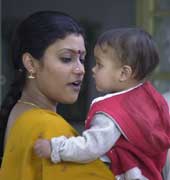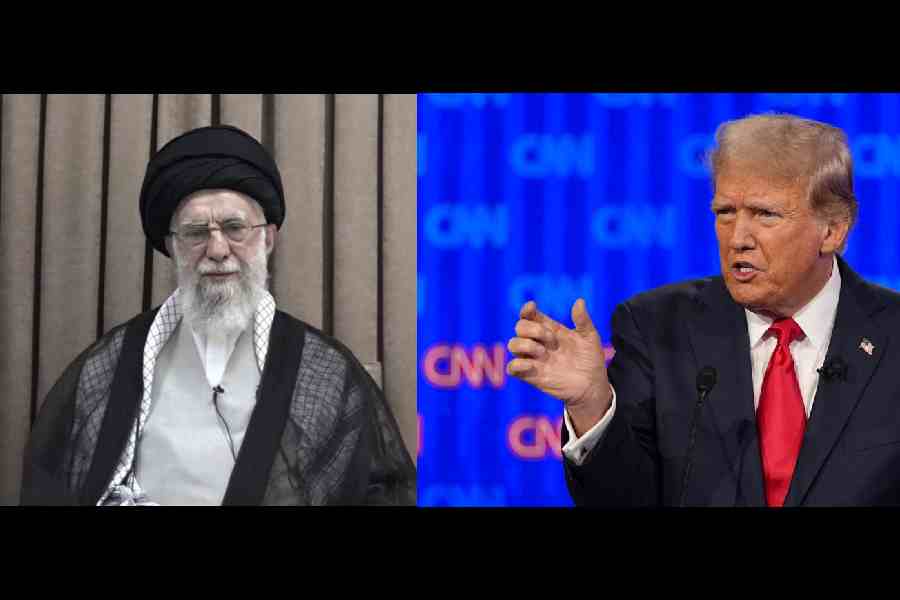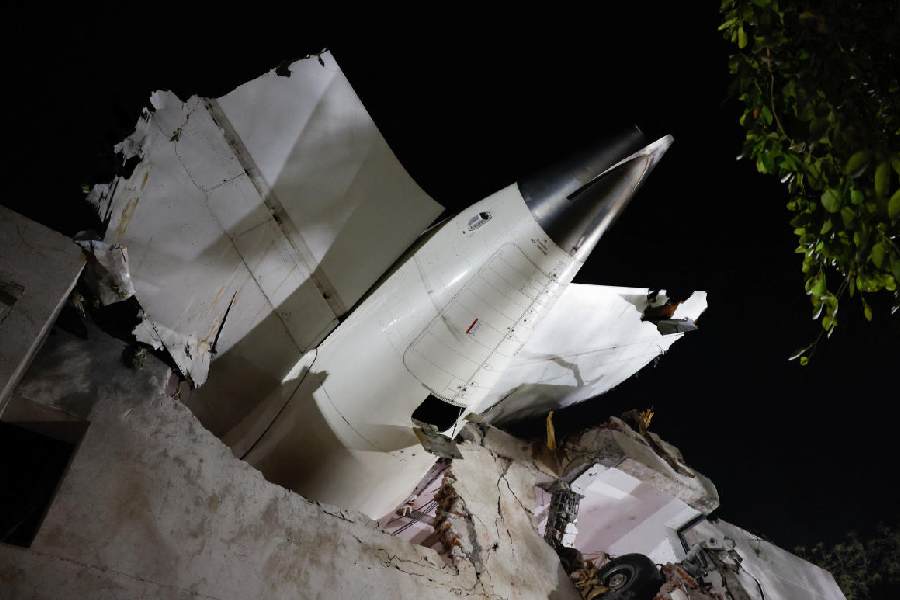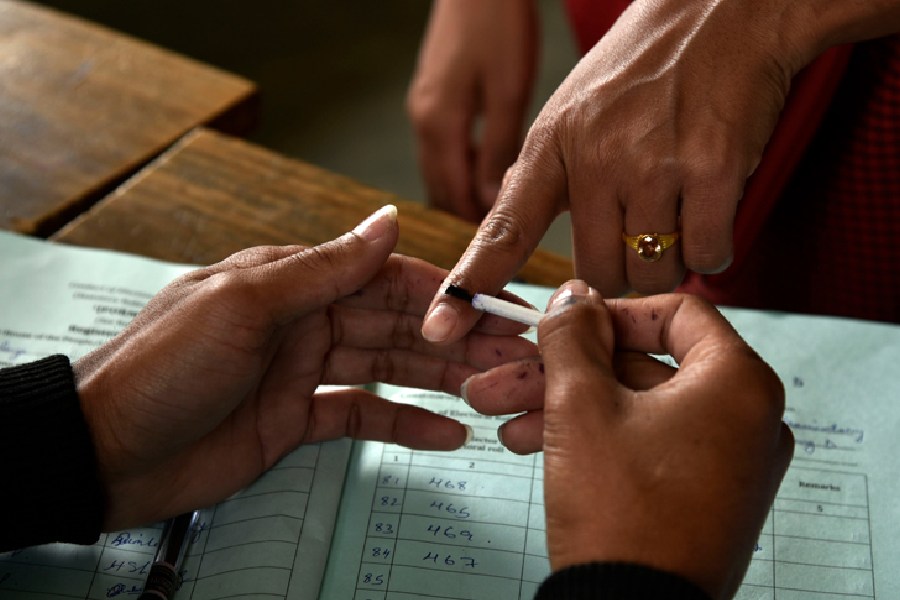|
|
| Scene from Mr and Mrs Iyer |
Konkona Sen Sharma is the best young Indian actress there is. Or, not to be ageist, the best Indian actress around. And if these categories weren’t gendered by the Filmfare awards and the Oscars, it would be simpler and truer to say that Konkona Sen Sharma is the best Indian actor in the business.
She has acted in other movies, but I base this on the evidence of two films: Mr and Mrs Iyer and Omkara. In the first film, where the principal actors (Konkona Sen Sharma and Rahul Bose) speak English, she plays a young Tamil woman. In Omkara, a Hindi movie where the large cast speaks a western UP dialect with varying degrees of conviction, she plays a cameo role. She’s Saif Ali Khan’s woman, the mother of his child. Since Saif is playing Iago in Bharadwaj’s cover version of Othello, she has enough to do.
Opinions will vary on the quality of the two films. For what it’s worth, I think Mr and Mrs Iyer is several good films in one: it’s a great road movie (being a great Indian road movie it uses public transport), it’s a hill station film with a difference and along the way it manages to be an affecting drama about the communal traumas that afflict India, without being hectoring or worthy as parallel cinema in Hindi too often is. Omkara is an ambitious attempt to set Othello in north India’s badlands, but one that’s hobbled and then defeated by the fact that its Desdemona (Kareena Kapoor) and Othello (Ajay Devgan) can’t act at all. I suspect both these films will chiefly be remembered as vehicles for Konkona’s early work.
Viewed separately, Konkona Sen Sharma’s performances are remarkable. Taken together they suggest something even more formidable. Consider this: for the whole of Mr and Mrs Iyer, she speaks English in the way a middle-class Tamil girl educated in a missionary school would. I have Tamilian and Kannadiga relatives who have heard south Indian accents lampooned over a lifetime by comedians in Hindi films. Mehmood, for example, did the definitive Hindi movie Madrasi in Padosan. These are people who are thin-skinned about the way in which outsiders play south Indians, and they are agreed, down to the last Amma, that Konkona Sen Sharma was letter perfect.
In Omkara, she was so convincing as Desdemona’s rustic, profane north Indian sakhi that I didn’t recognize her at all and assumed right through the film that she was some new talent recruited from the Hindi theatre, possibly the National School of Drama’s repertory company. She spoke the dialect with conviction, dispensed lewd folk wisdom as if she had grown up in Meerut or Rohilkhand and managed to look plausible through an absurd late scene where, made up like an avenging Durga, she kills Saif’s Iago.
I can’t think of any other Indian actor past or present, who has switched manner and accent so persuasively in two films that it’s hard to accept that it’s the same person and, further, someone who has done it across languages. It’s instructive to try and think of one. Naseeruddin Shah and Om Puri are great actors but I can’t see them sounding plausibly Sylheti in some densely dialectal Bengali film. Shabana Azmi has acted wonderfully in the two languages of the north Indian middle-classes, Hindustani and English, but when you watch her play a south Indian singer in Morning Raga, speaking English inflected with a south Indian accent, you realize at once what a delicate and finely judged performance Konkona Sen’s is in Mr and Mrs Iyer.
One could argue in a generalizing way that she belongs to a generation of young metropolitan Indians whose speech isn’t as conspicuously marked by their mother-tongues as that of an earlier generation of Indians was. Thus when Suchitra Sen plays a fictionalized Mrs Gandhi in Aandhi, her Hindi is essentially Bengali by other means. Uttam Kumar in Amanush must have thought he was speaking Hindi, but no one in the audience did. Similarly, Hema Malini and a whole generation of south Indian actresses in Hindi cinema let you know where they were from the moment they opened their mouths.
But even amongst her contemporaries, her virtuosity is striking. You could make a case for Vidya Balan, ancestrally south Indian, who played Lolita with great flair and charm in Parineeta while speaking standard received Hindi unmarked by any trace of an accent. Except that standard Hindi is the language of Bombay cinema so Vidya Balan’s fluency in it is commendable but not startling.
The modern, mobile, metropolitan Indian has, if anything, a linguistic disability. He/she is generally inexpressive in two languages. Within certain sections of the urban elite, English has so completely colonized the part of the brain that deals in language that the mother-tongue is only used for rudimentary transactions like buying cigarettes or thanking plebeians. Konkona Sen’s male lead in Mr and Mrs Iyer, Rahul Bose, has cornered the market on this sort of character ever since he played Agastya in English, August. He does what he does very well but the way in which he speaks English not just in this film, but every film, pretty much defines the neutral English accent of the great Indian metropolis. In Mr and Mrs Iyer he is Muslim, but in his manner he is the upwardly mobile Everyman. His careful impassiveness is the perfect foil for Konkona’s virtuoso rendering of Tamil-ness.
In fact, Konkona has been well served by her fellow actors in both films. Kareena Kapoor and Ajay Devgan in Omkara have clearly been cast for their physical properties rather than their acting abilities. This being Othello, the hero has to be black or at least dark-skinned and not pretty. Ajay Devgan fills that bill better than any hero in Hindi cinema today. Conversely, Desdemona has to be light-skinned and conspicuously of the babalog and who better than Kareena Kapoor to represent that type? By choosing to cast his main characters in this way, Dark Machismo and Pale Poshness, Bhardwaj makes things clear but also so woodenly symbolic that not even Konkona’s masterly cameo can keep the film from keeling over. Amid the wreckage, her performance and Saif Ali Khan’s stand out in stark contrast.
Konkona Sen Sharma represents within Indian cinema the prospect of properly pan-Indian actors, who have the intelligence, the linguistic ability and the mimetic genius to plausibly inhabit the skins of characters from parts of India that are not their own. The small body of work she has produced is a kind of precedent. To have done that in relative youth is a remarkable achievement.











